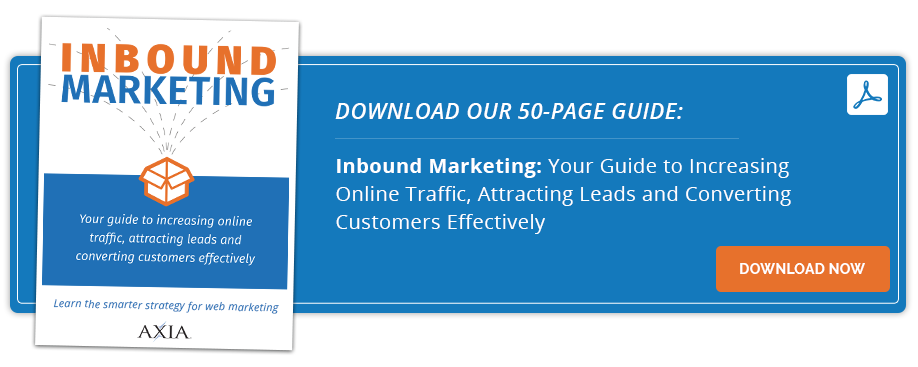3 crucial differences between a news story and a feature story that will make you a better writer
By Yulia DianovaSeptember 20, 2017
Your guide to writing a better news or feature story

When you write a story, your objective is to get the right message to your target audience. If you understand what type of story you’re writing, it will improve your writing and help you reach the readers you want to connect with. There are many kinds of stories. The most common ones are a news story and a feature story. Even experienced writers often confuse the two.
While both types of stories are equally important for your public relations strategy, they’re used in different circumstances. Here are three critical differences between a feature story and a news story.
1.Timing.
The major difference between a news story and a feature story is that a news story is time-sensitive. Media outlets want to publish news stories as quickly as possible after an event occurs. Feature stories, however, are not as time-dependent and contain no urgent content. You can write one anytime after an event occurs.
- Style.
The writing styles of a news story and a feature are different. In a news story, the emphasis is on content rather than form. News stories go straight to the point, using simple and effective words to deliver the facts quickly. They usually average between 300-500 words.
Feature stories are often more wordy and they have a creative structure. Feature stories can be more than 2000 words.
- Beginning and ending.
A news story and a feature story have different types of beginnings and endings. News stories tell what the news is upfront and then give the most important details in the first paragraph or two. The beginning – or lead – of a feature story, on the other hand, doesn’t give the news straightaway. Instead, it hooks readers and keeps them reading until the end.
A news story can end anywhere after you’ve described the most important facts, whereas a feature story ends with readers feeling satisfied that they gained some value from reading the story.
Today, the most effective way to connect with consumers is through inbound marketing. This type of marketing focuses on creating valuable content to attract and engage readers. Download Axia Public Relations’ e-book Inbound Marketing: Your Guide to Increasing Online Traffic, Attracting Leads and Converting Customers Effectively to learn more about inbound marketing.
 Yulia Dianova is a public relations professional who is skilled in building relationships with target audiences. She provides counsel to organizations that seek PR help to further their growth and reach their goals. Yulia earned a master’s degree in public relations management from University of Maryland University College. She is fluent in Russian and English and is always looking for a new challenge. Yulia has worked for Axia Public Relations since July 2015. Learn more about Yulia Dianova. Connect with Axia on Twitter @axiapr or tell us what you think in the comments below.
Yulia Dianova is a public relations professional who is skilled in building relationships with target audiences. She provides counsel to organizations that seek PR help to further their growth and reach their goals. Yulia earned a master’s degree in public relations management from University of Maryland University College. She is fluent in Russian and English and is always looking for a new challenge. Yulia has worked for Axia Public Relations since July 2015. Learn more about Yulia Dianova. Connect with Axia on Twitter @axiapr or tell us what you think in the comments below.
Featured image credit: 123rf.com
Topics: public relations, news release



Comment on This Article